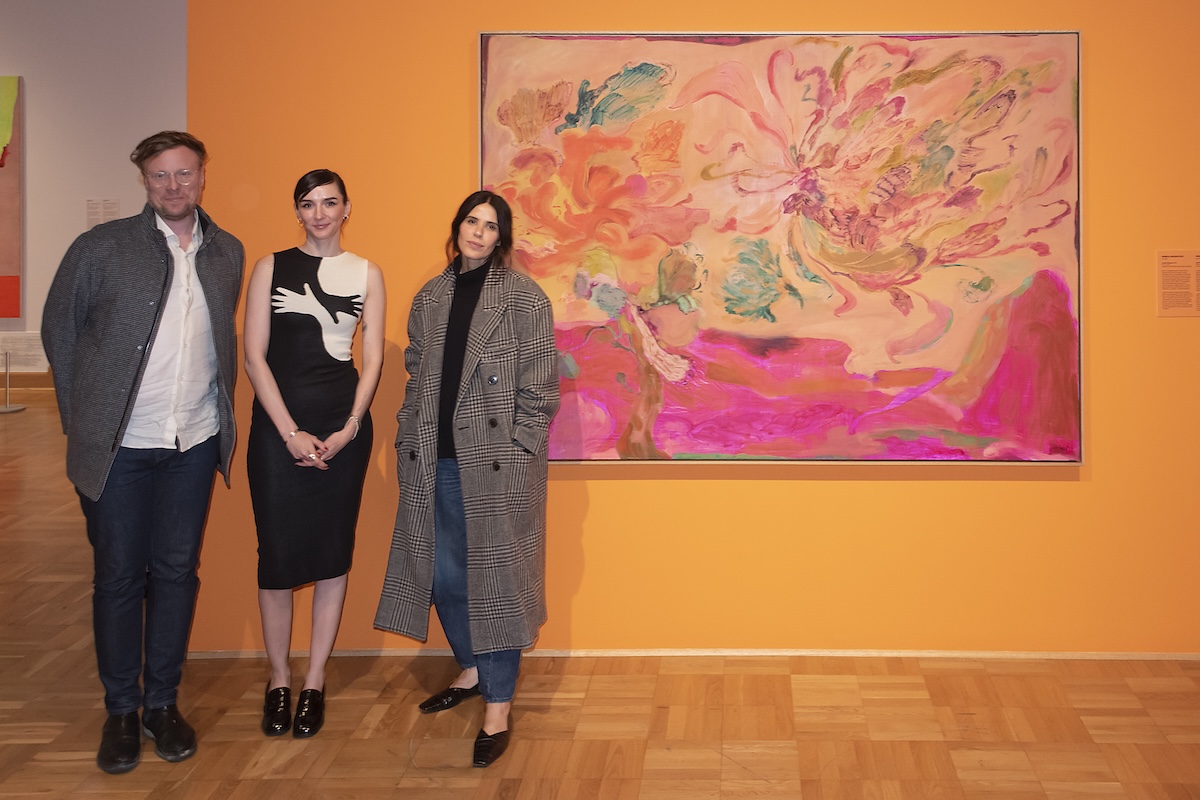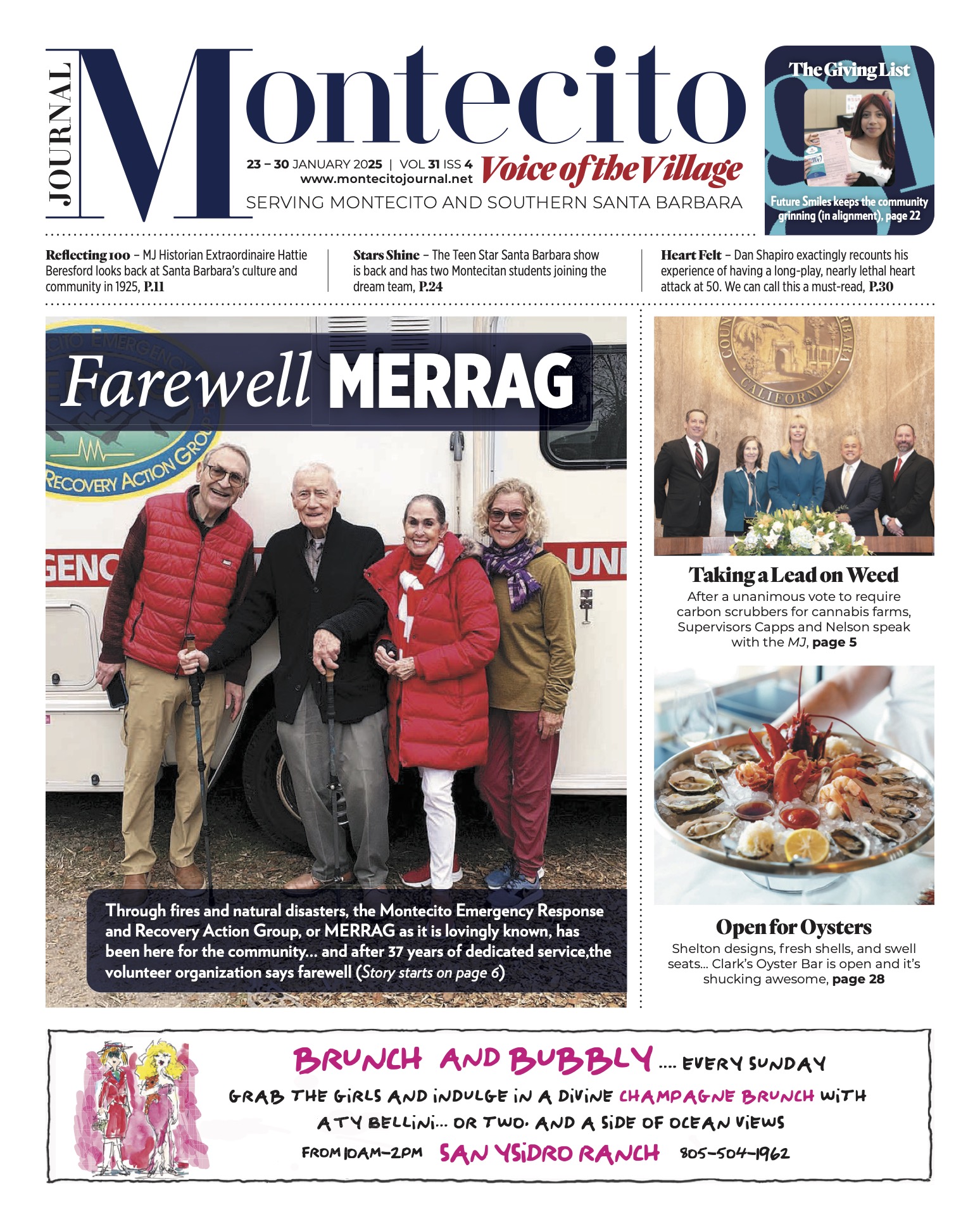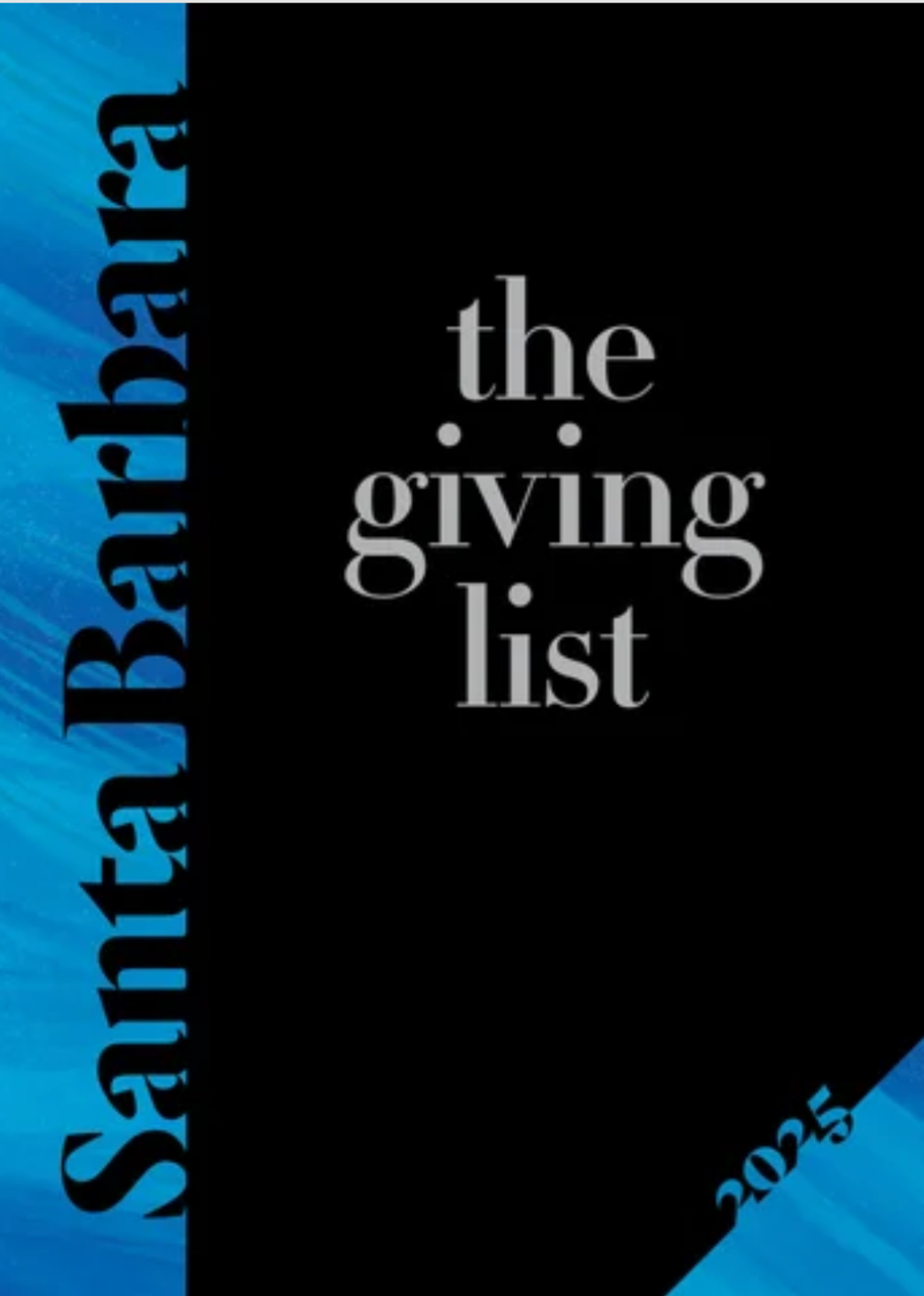Artist Patricia Iglesias Peco & SBMA Exhibition

Patricia Iglesias Peco (born in 1974, Buenos Aires, Argentina) is part of the SBMA’s current exhibition featuring Latin Women. Titled Accretion, the exhibit is curated by Lauren Karazija, SBMA Curatorial Assistant of Contemporary Art. In her interview with me on the exhibit, Karazija explained, “Accretion celebrates the rich diversity of Latina experiences, moving beyond and eschewing any singular, simplistic narratives. The exhibition’s title, signifying gradual accumulation, reflected the layered realities of historical, cultural, temporal, and personal that shape Latina identity. These layers, much like geological strata, build upon one another, yet are subject to erosion and change. Artists weave together disparate elements, creating complex wholes that nonetheless are undermined or called into question by the inherent tension and complexities of their constituent parts. Whether through material or ideological disruption, the works in Accretion mirror the ebb and flow of cultural inheritance, of ideas and identities, emphasizing art’s crucial role in empowering Latina artists to cultivate space, rewrite narratives and promote inclusion.”
I attended the “In Conversation” program with Peco and Karazija at the SBMA Mary Craig Auditorium and met with Peco afterwards. Chief Curator James Glisson secured for the SBMA the purchase of Peco’s Lavina Mariposa, 2024, oil on panel, which is in the exhibit.
During the convo, Peco was candid, upbeat, and unyielding to persuasion by questions from Karazija. Peco is her own woman and artist. She began studying art at 15 under mentors Pablo Edelstein (Argentina) and Philip Pavia (Italy) who defined her way of seeing, working and, ultimately, producing art. Peco, “Pablo taught me both sculpture and drawing, and to have a sense of the spirit in the drawing, art needs to be felt. What moves Pablo and me is color guiding shape, and to be truthful to yourself as an artist.”
Her muse, she explained, is one that explores and prefers the unknown, Peco adding, “When I moved to Los Angeles in 2019 there was so much nature around that I did not have before, so I painted nature, flowers, and animals, wild things coming in and out of my paintings. There needs to be tension in my work, I like the viewer to complete my paintings. I don’t sketch, which is why color is so important to me, it dictates the work. I make a paper with a recipe of the colors I am interested to use in a painting. There is something primal about paint. And sometimes when I paint what I am feeling, it is not pretty. It’s an exploration, it may be incomplete. I don’t want to tell the viewer everything. I know when a painting is finished by instinct. In abstract painting there are no guidelines.”
Recent art by Peco is influenced by the Uruguayan poet and novelist Marosa di Giorgio. Topics are women-based, and include menstruation, sexuality, growth processes, sisterhood and, comparatively, the woman as a vessel, flowers, and elements in nature.
After the presentation, Peco, Glisson, Karazija and I met briefly at the colorful
Lavina Mariposa painting for a photograph, and Peco agreed to an interview with me for our readers on her work:
Q. In your talk at the SBMA, you mentioned your passion at a young age for painting and art. Was this influenced by any women, women artists, or how women are depicted in art?
A. My first influence was my grandma, she was so colorful – not only her personality but the way she dressed and lived. She loved to draw and embroider, and she wanted to be an artist, but her father would not allow that. I think her love for art transpired anyway in everything she did. We would spend afternoons at her home doing collages and cardboard sculptures or embroidering and just playing!
Are there female artists you would like to engage with who may expand your art?
I am lucky to have a group of amazing woman friends who are all creatives, so I think being in each other’s lives has definitely been an influence in the way I look at things.
How did you discover the works of Marosa di Giorgio, and when?
It was almost Serendipitously. Whenever I go to Buenos Aires (where I am from) I go to small bookstores to get books in Spanish. One of my very favorite writers is Clarice Lispector; and many of her books have not been translated in English so every time I am in Argentina, I get whatever books of hers have been published.
In Buenos Aires the bookstore owners are really passionate and knowledgeable about what they carry, and they always love chatting. Miguel Angel, the owner, saw me trying to find more Clarice Lispector’s books and he said that unfortunately there wasn’t any available than the ones I already had.
Instead of finishing at that, he asked me if I had read Marosa di Giorgio; when I said no he told me that her writings were that of a “naughty” Clarice Lispector.
That sealed the deal. When I read her it was like someone had knocked the wind out of me. The writings were visceral, feminine, extremely visual as well as beautiful and monstrous.
Are you conveying specific messages about women in your art?
Well, I think the idea of the beautiful and the monstrous coexist in every woman; and that is something I delve into in my paintings. There are a lot of paradoxes in the way we as woman are and that tension of the opposites is what interests me and how they inhabit together our realms.
What would you love to share with women artists for Women’s History Month?
To learn how to set boundaries from an early age.
Did you experience any issues in promoting your art or working in art as a woman?
Well, for a long time I was self-conscious of my colors; I actually had a professor at SCAAD that told me I was using too many colors. I was coming from being trained in a different way in Argentina, where my mentor was absolutely expressive with his color use, and so being a foreigner, I thought that it meant in a way adapting.
When I arrived to New York and finished college the work I was doing for a while was quite muted, the shapes were small. I think it took time for me to feel comfortable or accepting of who I truly was, and understanding that it’s not my place as an artist to conform or to please.
What is your largest painting, and would you consider doing a public mural?
The largest work I have done is 72”x180,” they were triptychs I did for my Solo Show at Ghebaly. The theme right now is still this garden and the flowers in it. It would be very special to me to do a mural in Argentina.
What, for you, is the coolest thing about being a painter?
I don’t know if necessarily it is the coolest thing about being a painter, but just in general being any sort of creative, that we get to experiment in our work and we set the rules.
Anything else you wish to say?
Thank you for taking an interest in my work!






